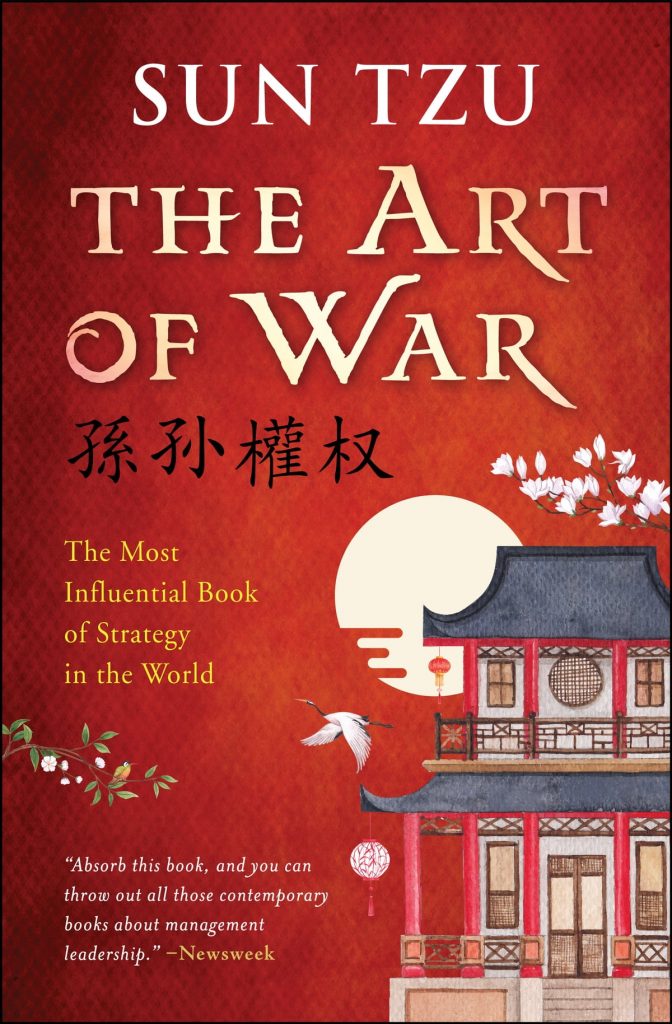If you’ve yet to read Sun Tsu’s “The Art of War,” you’ve done your business a disservice. The philosophies espoused within that volume apply just as readily to business as they do to warfare.

“Know the enemy and know yourself; in a hundred battles you will never be in peril.”
Getting to know your competitors enables you to learn from their successes, probe their weaknesses and avoid their strengths. If you’re selling ebooks and choose to go head to head with Amazon, you’re setting yourself up for failure. Avoiding a more powerful competitor’s strengths is a much better play, especially when you’re a startup. You have to look for openings through which they cannot fit.
“Now an army may be likened to water, for just as flowing water avoids the heights and hastens to the lowlands, so an army avoids strength and strikes weakness.”
With that in mind, consider the following.
Understand Your Customer
Before mounting your campaign, take some time to really get to know your ideal customer. Look at your offerings from their perspective and determine why they would want to buy from you.
Then, analyze your competitors to find areas within this understanding they may have overlooked. This is where you will focus your efforts.
If you present your case from the customer’s perspective, answering the question “What’s in it for me?” in a way your competitors do not, you’ll gain a toehold upon which you can build.
Exploit Your Agility
When you’re a small startup competing against a much larger entity, you have the ability to pivot more quickly to exploit openings.
Most large organizations have chains of command up through which the decision-making process must flow. While it helps maintain order and ensures left hands to know what right hands are doing, it also slows them down.
Look for opportunities to exploit this weakness and beat them into markets. If you can get there first and establish a loyal following, they’ll have to work harder to take it from you when they do arrive.
Cater to Customers’ Emotions
Back in 1963, Avis Rent a Car was faced with the prospect of going head to head with the juggernaut that was Hertz.
Perennially coming in second to a competitor who had three times as many cars and five times more revenue, Avis avoided Hertz’s obvious advantages with an advertising campaign featuring the tagline“We try harder.”
Acknowledging its shortcomings in terms of size and reach, the campaign promisedAvis would put forth more effort to ensure its customers’ satisfaction. This subtly implied Hertz would not because of the arrogance that came with its size.
However, in addition to promising Avis would do more to earn customers’ business, the ads aroused Americans’ inherent sympathy for the underdog.
Keep Your Cards Close to Your Vest
Secrecy is paramount when competing with a larger, more powerful adversary.
Conversely, any intelligenceyou can gather about them is a significant advantage for you. With size tends to come overconfidence.
If you see an area in which they have become complacent, come up with a competitive offering. If they have an older product, come up with something newer, with more features to make their old product undesirable in the eyes of the customer.
Think iPhone vs. Blackberry, Motorola and Nokia.
But keep these plans secret until you’re ready to introduce them broadly. They’ll have to scramble to respond, which will give you time to get established and make your profits.
As obvious as it sounds, avoiding a competitor’s strengths is largely a matter of looking for their weaknesses, figuring out how your offerings can exploit them—and doing so.



